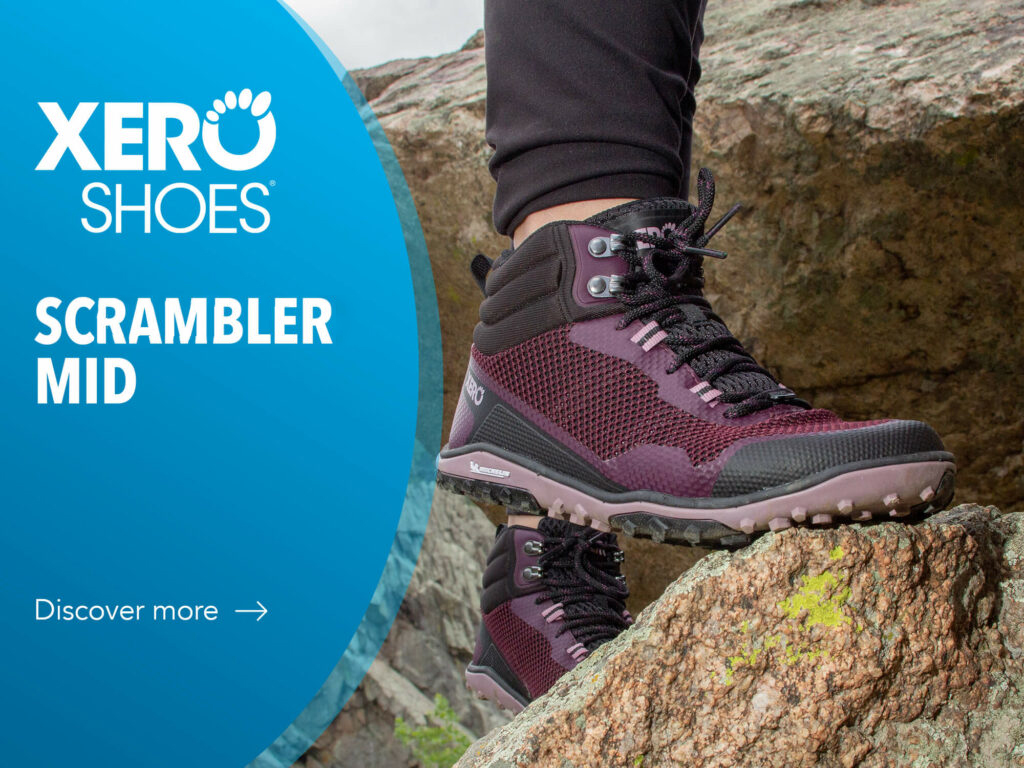Table of Contents
Who hasn’t watched with admiration as Paralympic athletes challenge the limits of the human body, using prosthetics to recover the functions of a lost limb? These extraordinary tools, defined by the National Library of Medicine as “devices designed to replace a missing body part or to improve the functioning of a body part,” represent a unique marriage of advanced engineering and human necessity.
The loss of a body part, whether due to trauma or congenital conditions, can be devastating. But thanks to prostheses, it is possible to recover a significant part of the functions of the lost limb. Lightweight, comfortable, and incredibly high-tech devices, these devices offer a wide range of motion, allowing people to tackle everyday challenges with greater independence and confidence.
There are four main types of prostheses, each designed to replace a specific missing body part:
- the transradial prosthesis for the arm below the elbow,
- the transhumeral prosthesis for the arm above the elbow,
- The transtibial prosthesis for the leg below the knee, of course patients need rehabilitation to achieve optimal mobility, since the feet of transtibial prostheses usually do not move.
- The transfemoral prosthesis replaces a missing leg above the knee. They are the most complex, because they are fundamental to the quality of life of an amputee. They play a defining role in a person’s ability to sit, stand, balance, and move.
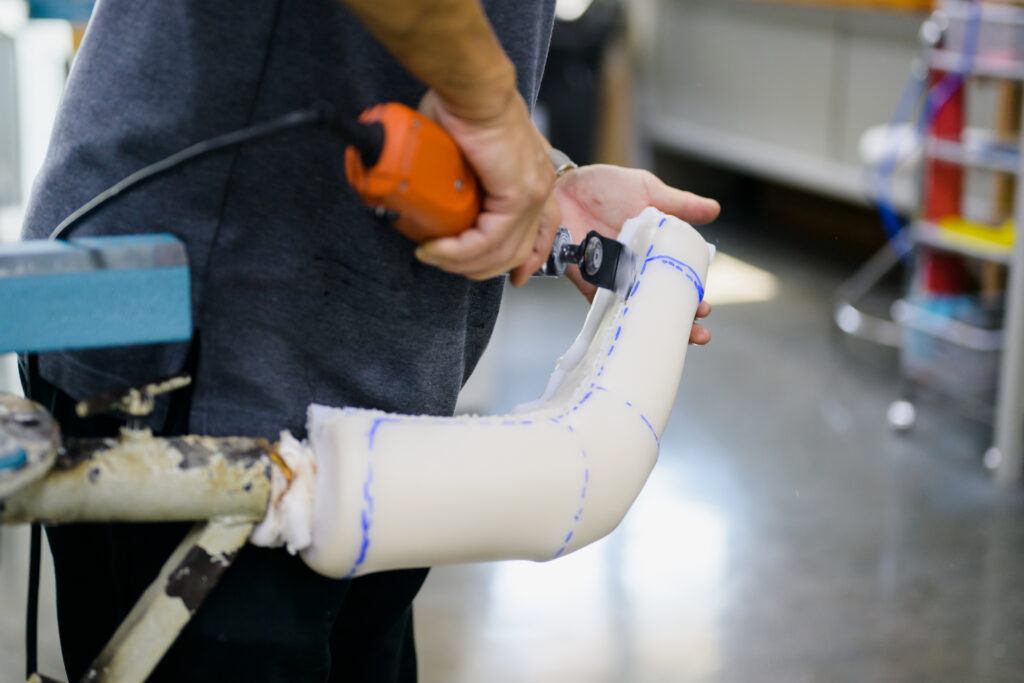
Each type of prosthesis requires a customization process to ensure maximum comfort and effectiveness in restoring the functions of the lost limb. Silicone arms, hands and fingers look extremely natural because their color can be adapted to any skin tone. The material is soft and can be shaped to be thin at the edges for a natural transition to the skin.
How do dentures work?
Current types of prostheses offer a wide variety of choice when it comes to function and purpose.
Passive dentures primarily have an aesthetic function, aiming to provide a natural look. Other types of prostheses are powered in a variety of ways.
Those fueled by the movement of the body itself are controlled by the individual’s body. Usually, they are connected by cables and move in sync with bodily movements. For example, a cable can be connected from the shoulder to the prosthetic hand, allowing the prosthesis to activate when the shoulder moves.
Motorized prosthetics, on the other hand, are equipped with buttons or other controls to adjust movement. For example, a prosthetic hand may have a dedicated button to flex the wrist and fingers, allowing you to grasp objects.
Finally, myoelectrically propelled prostheses use electrical signals sent through electrodes placed on the skin to power the prosthetic limbs. These advanced devices can replicate human limb movements in a very similar way.
Prostheses are generally connected to the residual limb through straps or via a lining that fits directly into the cavity of the prosthesis, securing itself via vacuum or a pin closure.
Creating a custom prosthesis is a process that requires many measurements, sometimes even before amputation. Thanks to advances in recent years, it is possible to make completely customized prostheses to adapt to each individual situation. Each patient is unique and each prosthesis is tailored to their body.
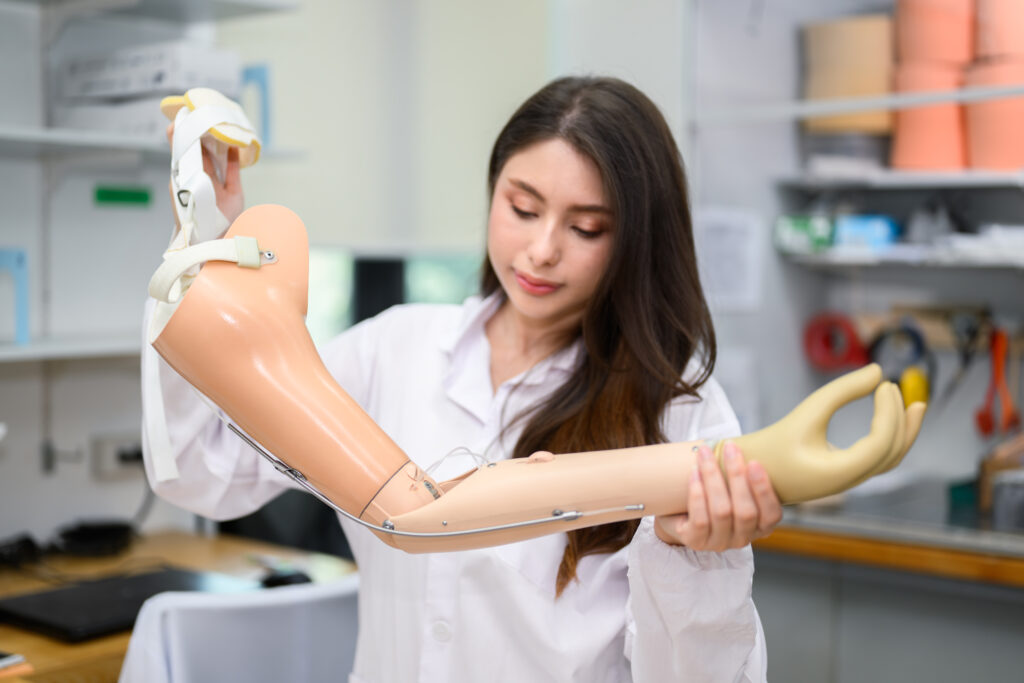
The prosthodontist scans the residual limb once it has healed and creates a plaster mold or fiberglass cast to construct the prosthesis. Next, he turns the mold into a model of the patient’s limb and modifies it until it is wearable.
During this process, it takes into account the muscles, tendons, bones, and gait of the residual limb, as well as the patient’s functional goals, such as running or swimming, for example. To test the prosthesis, a transparent plastic replica is created, which is eventually turned into a durable artificial limb. The materials used can be acrylic resin, carbon fiber, thermoplastics, silicone, aluminum, titanium, or a leather-like coating.
Patients immediately begin physiotherapy to learn how to maximize success with the new prosthesis. As movement improves, people gain more independence and self-confidence, thus living a more fulfilling life, without feeling socially different or overwhelmed by daily physical challenges.
In any case, modern advances in prosthetics have greatly improved range of motion and comfort.
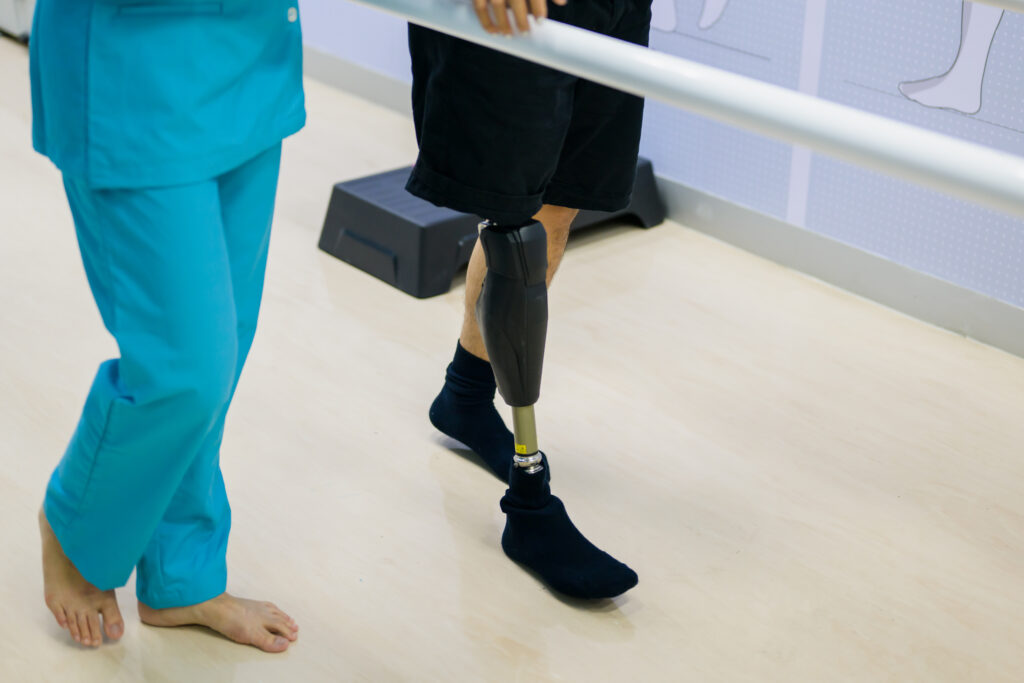
The boom in prostheses
The global prosthetics market was valued at $6.92 billion in 2023 and expects it to continue growing. This increase is attributable to the increase in the incidence of sports injuries and road accidents.
In addition, technological advances in the field of prosthetics are expected to further foster the expansion of the market. For example, in October 2022, researchers at Brown University and the Massachusetts Institute of Technology developed sophisticated methods to monitor muscle movements using a simple array of magnets, in order to make it easier for people with amputations to control prosthetic limbs.
Some of the major players in the market include Össur, Blatchford Limited, WillowWood Global LLC, and Ottobock.
Össur is a supplier of non-invasive orthopaedic equipment, present in 36 countries in the Americas, Europe and Asia, through numerous distributors.
An example of prostheses for athletes and sportsmen
Nike Sole 2.0 x Össur Running Blade
The idea came from do-it-yourself solutions by athletes like Sarah Reinertsen, who modified the soles of shoes to create a backup traction device on her running blade, a specialized prosthetic leg for sports.
Sarah, born with a focal defect proximal of the femur, underwent amputation at the age of seven. At just 13 years old, she managed to break the world record for the 100 meters for women amputees above the knee, currently holding world records in the marathon and half marathon. So she was a high-level athlete who, in her garage, assembled her own equipment with scissors and glue.
Designer George Xanthos, of Nike Sole 2.0, took this history into account, as well as the design and optimization of the product, always prioritizing the needs of consumers. Despite being revolutionary, version 1.0, a quick-change traction system for Össur racing blades, was not complete.
Therefore, nine years later, Nike, in collaboration with a group of athletes, decided to go further.
The need for an interchange system became apparent considering the practical challenges that adaptive athletes face in using prosthetics. This system allowed for easy attachment and removal of soles, solving problems such as rapid wear and the need for variety in soles for different sporting activities. In addition, the introduction of sole options offered a cost-effective solution for athletes who could not afford several specialized blades for each sporting discipline.
After a trip to Reykjavík, George traveled to the Össur prosthetics site, a long-standing partner in the Nike Sole initiative, to test the results of months of design work. Together with Paralympic high jumper Markus Rehm, he faced challenges in the testing process of the initial prototype. Looking at the slow-motion footage of Markus’ activities, it emerged that the prototype’s contact with the ground was not optimal, probably due to an excessive reduction in the length of the sole to reduce weight. George and Markus quickly solved the problem, making modifications and adjustments to the prototypes and repeating the tests to ensure optimal operation.
During this busy weekend of work, further design improvements were made, such as the elimination of plastic studs that could pose slipping hazards for long jumpers, and the strategic relocation of spikes to improve traction. In addition, George considered the different needs of the stud configuration based on the sport practiced and included customizable orthotic options to facilitate customization of the sock.
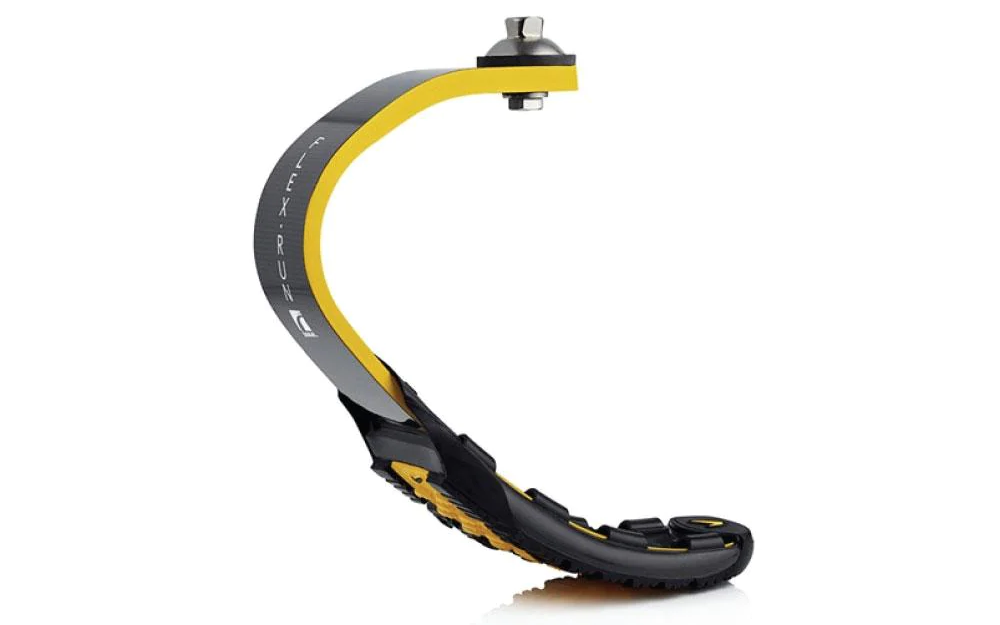
Photo credit: amputeestore
As a diligent innovator, George is already considering future improvements. These could include a wider range of traction options specific to different sports, such as trail running and basketball, allowing athletes to tailor their prostheses to the needs of the discipline being practiced.
As George says, “who knows what’s possible?” However, it is certain that it will do its best to explore all possibilities and continuously improve prosthetics to meet the needs of adaptive athletes.
You may also be interested in the following articles:

La Sportiva: the brand that embraces the challenges of nature
To best challenge the obstacles in running in nature, you need ad hoc technical equipment… and that’s where La Sportiva comes in.

Mountains shoes: how to face winter!
The mountains in winter can be a difficult and treacherous place for many, but not for everyone. We know a few working realities that find themselves spending a lot of time among the snowy peaks managing to work safely and comfortably with the right mountains shoes

Fast & Light: the new challenge of the mountaineering world
With Nadir Maguet, let’s discover the Fast & Light spirit for speeding over mountain passes.









































